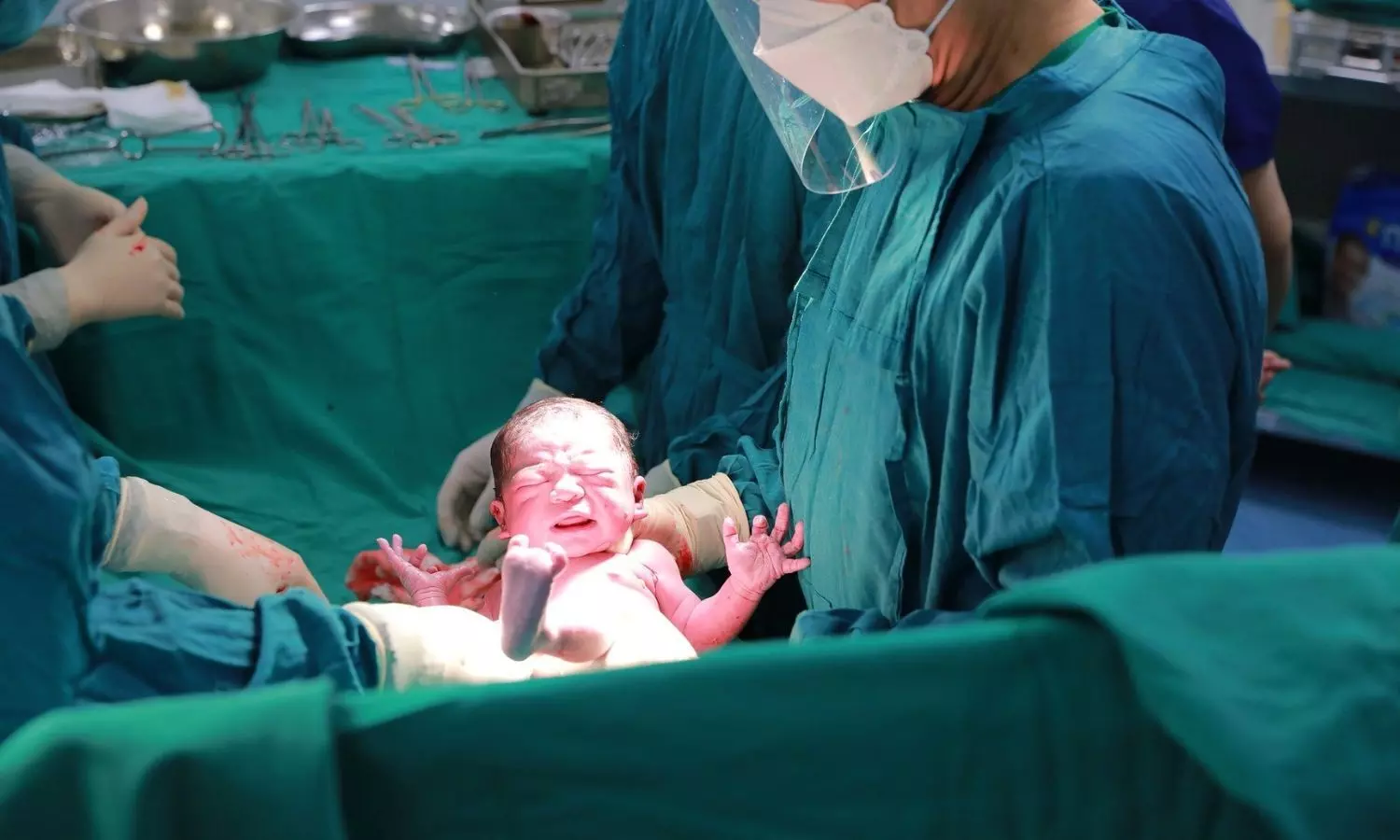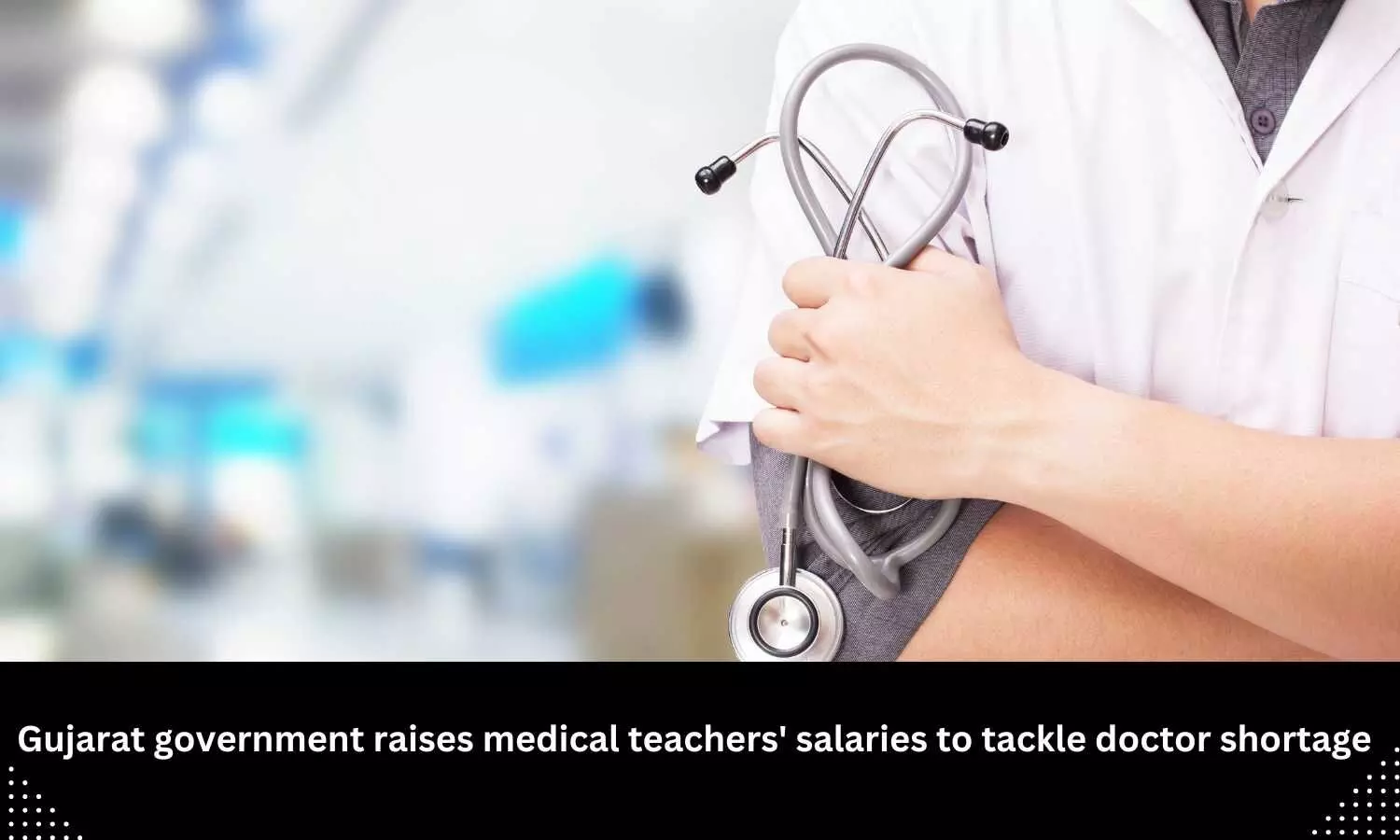Body weight important health factor in pregnancy – regardless of country of birth, States study

Overweight is a major contributor to complications during pregnancy and childbirth – this applies to both women born in Sweden and women who have moved here, something that has not been well researched so far. Interventions that promote a healthy weight have the potential to prevent complications for all women, the researchers conclude. The study was conducted by researchers at Linköping University and Karolinska Institutet and is published in The Lancet Public Health.
In Sweden and similar high-income countries, there are inequalities in women’s health during pregnancy and childbirth. Women who have migrated to Sweden from other countries are more affected by various serious complications compared to Swedish-born women. The risk of complications is particularly high in women born in certain parts of the world. It is not clear why, but many different factors that affect health can contribute to this inequality. One possible factor is body weight. It is more common among migrant women from certain regions to have underweight, overweight or obesity (a disease where the person has overweight with a BMI of 30 or more) when they become pregnant.
“We know that overweight and obesity are linked to many complications during pregnancy and childbirth for women born in Sweden. Therefore, we wanted to investigate whether the inequalities in pregnancy complications between women born in different countries can to some extent be explained by differences in body weight. If you know that there are health inequalities, you want to find out why, in order to be able to do something about the inequalities in the next step,” says Pontus Henriksson, senior associate professor at the Department of Health, Medicine and Caring Sciences at Linköping University, who led the study.
What is new about this study is that the researchers have been able to estimate to what extent the complications, such as gestational diabetes, could be avoided if all women were of normal weight when they became pregnant.
“For example, we concluded that about half of all cases of gestational diabetes could potentially be prevented. This applies to both women born in Sweden and foreign-born women,” says Maryam Shirvanifar, PhD student at Linköping University and first author of the study.
The researchers believe that efforts to promote a healthy weight could help all women, no matter where in the world they were born.
“A healthy weight is good for everyone. The earlier in life the better, because once obesity is established, it is difficult to treat,” says Pontus Henriksson.
The study paints a complex picture. The importance of body weight differs between different complications. For example, high body weight contributes more to gestational diabetes than other complications.
But what about being underweight in early pregnancy, how does this affect the risks? To the surprise of the researchers, underweight does not seem to contribute significantly to the complications investigated.
In their study, the researchers followed almost two million pregnancies – basically all births in Sweden from 2000 to 2020. The researchers studied eight complications that can affect the mother or baby during pregnancy, or during and after childbirth. Using data from several national registers, they were able to investigate the relationship between a woman’s BMI at the first antenatal visit and complications depending on which region of the world the mother was born in.
In their analyses, the researchers took into account several factors, including socio-economic data. However, some factors that could affect a woman’s health during pregnancy and childbirth, such as quality of treatment in healthcare, communication barriers, stress linked to migration and differences in health-promoting behaviour, could not be investigated in the current study as it uses register data. Therefore, further research is needed to study more factors that can affect health during pregnancy in different groups.
The research was funded with support from the Swedish Research Council and is a collaboration between researchers at LiU and Karolinska Institutet (among others Viktor Ahlqvist and Cecilia Magnusson).
In their study, the researchers examined eight different complications in the mother and baby:
– severe complication in the mother that could be fatal
– preeclampsia
– gestational diabetes
– infant mortality in the first year of life
– preterm birth (before 37 weeks of pregnancy) and extremely preterm birth (before 28 weeks of pregnancy)
– low Apgar score (assessment of newborn baby’s vitality)
– large baby (in relation to length of pregnancy)
– small baby (in relation to length of pregnancy)
Reference:
Shirvanifar, Maryam et al., Adverse pregnancy outcomes attributable to overweight and obesity across maternal birth regions: a Swedish population-based cohort study, The Lancet Public Health, DOI:10.1016/S2468-2667(24)00188-9.
Powered by WPeMatico













